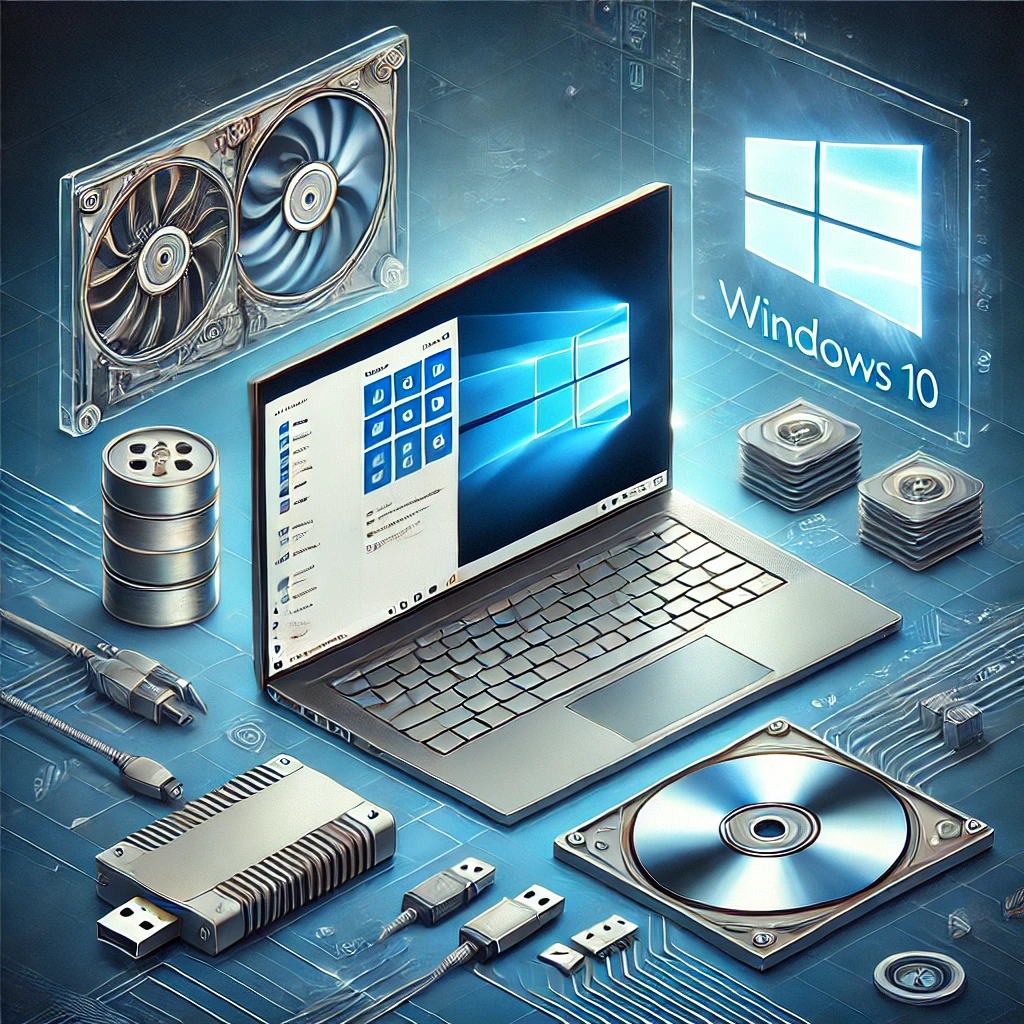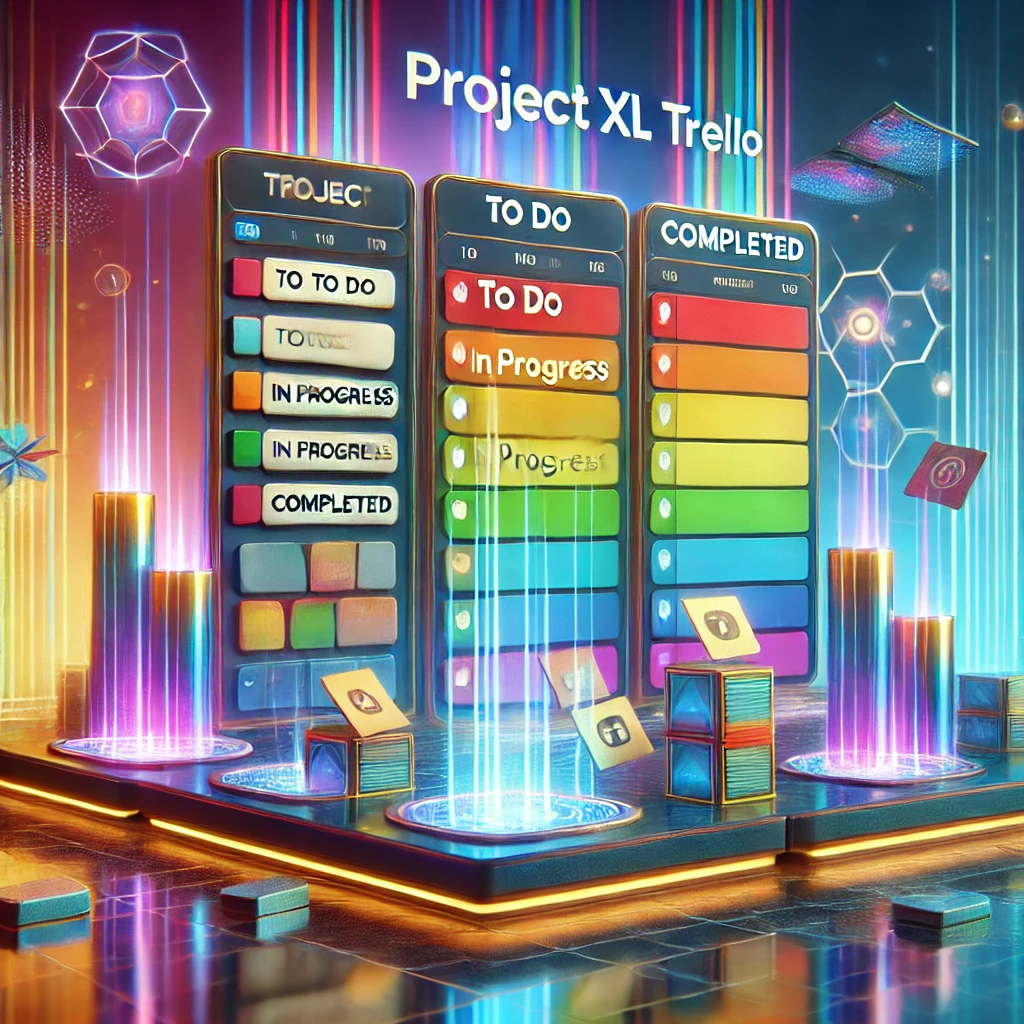Introduction
The Windows 10 Media Creation Tool is one of the most important utilities for users who want to install, upgrade, or reinstall Windows 10. Whether you’re looking to upgrade your existing operating system, perform a clean installation, or create a bootable USB to fix an unresponsive PC, this tool can help. In this article, we’ll cover everything you need to know about the Windows 10 Media Creation Tool, including how to use it effectively, troubleshoot common issues, and optimize the installation process.
What is the Windows 10 Media Creation Tool?
The Windows 10 Media Creation Tool is a free application offered by Microsoft that allows users to download and install Windows 10. You can use it to upgrade your current version of Windows to Windows 10, create a bootable USB drive, or burn an ISO file to a DVD to perform a fresh installation. The tool is particularly valuable for users who don’t have access to an installation disk or prefer to perform the installation manually.
This tool simplifies the installation process and ensures that you have the latest version of Windows 10, complete with the latest features and security patches. It’s especially useful for tech-savvy individuals and IT professionals, but even beginners can use it with ease.
Key Features of the Windows 10 Media Creation Tool
- Upgrade to Windows 10: The Windows 10 Media Creation Tool can be used to upgrade a PC running Windows 7, Windows 8, or Windows 8.1 to Windows 10. This is ideal if you are looking to move to the latest version of Windows without having to buy a new computer.
- Create Bootable Media: If you need to reinstall Windows 10 or want to perform a clean install, the tool lets you create a bootable USB drive or DVD. This is perfect for situations where your PC might not boot, or if you want to install Windows 10 on multiple machines.
- ISO File Creation: If you prefer, the Windows 10 Media Creation Tool also allows you to download an ISO file, which can be used for manual installations or creating virtual machines.
- Supports Multiple Languages and Architectures: The tool supports a wide range of languages, editions, and both 32-bit and 64-bit architectures. You can customize your installation media to meet your specific needs.
How to Download and Install the Windows 10 Media Creation Tool
Before you start using the Windows 10 Media Creation Tool, you first need to download and install it. Below are the steps for downloading the tool:
Step 1: Visit the Official Microsoft Website
Head over to Microsoft’s official Windows 10 download page where you can get the Windows 10 Media Creation Tool. It’s important to download the tool from this official source to avoid malicious software.
Step 2: Download the Tool
Click the Download Tool Now button on the page. The tool is a small executable file called MediaCreationTool.exe. Once the download is complete, locate the file in your downloads folder.
Step 3: Run the Tool
Double-click the MediaCreationTool.exe file to run it. Ensure that you have administrative privileges on your PC, as the tool will need them to make system-level changes.
Step 4: Accept the License Agreement
When the tool opens, you will be presented with a license agreement. Read through the terms and click Accept to proceed.
How to Use the Windows 10 Media Creation Tool
Once you have downloaded and installed the Windows 10 Media Creation Tool, you can choose from two main options: upgrading your current system or creating installation media for another PC. Let’s go over both.
Option 1: Upgrade to Windows 10
If you’re upgrading an existing Windows version to Windows 10, follow these steps:
- Choose “Upgrade this PC now”: After accepting the license terms, select the Upgrade this PC now option. This will start the process of upgrading your PC to Windows 10.
- Follow the Instructions: The tool will begin downloading Windows 10. It might take some time depending on your internet connection speed. Once the download is complete, it will guide you through the upgrade process.
- Choose What to Keep: The Windows 10 Media Creation Tool will give you the option to either keep your files and apps or perform a clean installation. Select the option that best suits your needs and follow the on-screen instructions.
- Complete the Upgrade: The upgrade process can take up to an hour, depending on your system’s speed. Once the installation is complete, your PC will restart, and you will be running Windows 10.
Option 2: Create Installation Media (USB Drive/DVD)
If you want to install Windows 10 on another PC or create a bootable USB drive, follow these steps:
- Select “Create installation media for another PC”: After accepting the license terms, choose the Create installation media (USB flash drive, DVD, or ISO file) option.
- Select Language, Edition, and Architecture: The next screen will ask you to select the language, edition (Windows 10 Home, Pro, etc.), and architecture (32-bit or 64-bit). It’s important to choose the correct settings for the PC you’re preparing the media for.
- Choose Media Type: Next, you can choose between creating a bootable USB drive or an ISO file. For a USB drive, make sure it’s at least 8GB in size.
- Create the Media: Once the USB drive is selected, the tool will begin downloading Windows 10 and copying the necessary files. This process can take anywhere from 20 minutes to an hour, depending on your internet speed and the performance of your USB drive.
- Use the Bootable Media: Once the media creation is complete, you can use the USB drive or DVD to install Windows 10 on another machine.
Troubleshooting Common Issues with the Windows 10 Media Creation Tool
While the Windows 10 Media Creation Tool is generally reliable, you may run into some common issues. Below are a few troubleshooting tips:
Issue 1: Tool Freezes During Download
If the tool freezes or gets stuck during the download phase, check the following:
- Internet Connection: Ensure your internet connection is stable and try again.
- Run as Administrator: Right-click on the tool’s executable file and select Run as Administrator to give the tool the necessary permissions.
- Disable Antivirus: Some antivirus programs might interfere with the tool. Temporarily disable your antivirus and firewall to see if the issue resolves.
Issue 2: USB Drive Not Recognized
If the Windows 10 Media Creation Tool is not detecting your USB drive, make sure:
- USB Drive is Empty: The drive must be empty, as the tool will format it during the process.
- Reformat the USB: If the drive is not recognized, try reformatting it to FAT32 or NTFS using Windows Disk Management.
Issue 3: ISO File Not Booting
If the ISO file you created using the tool is not booting properly, try these steps:
- Check BIOS Settings: Ensure that the PC is set to boot from USB or DVD in the BIOS.
- Recreate the Bootable Media: Recreate the bootable USB or DVD to ensure the files are correctly written.
Best Practices When Using the Windows 10 Media Creation Tool
Here are some best practices to ensure a smooth experience when using the Windows 10 Media Creation Tool:
- Backup Your Data: Before performing any upgrade or clean install, back up your important files to an external hard drive or cloud storage.
- Use a Stable Internet Connection: A slow or unstable internet connection can cause download interruptions. Ensure you have a reliable and fast connection.
- Create a Recovery Drive: If you plan on using the bootable USB to repair a non-working PC, it’s a good idea to also create a system recovery drive for troubleshooting.
- Check System Requirements: Make sure your PC meets the minimum system requirements for Windows 10 before upgrading or installing.
Frequently Asked Questions (FAQs)
1. Is the Windows 10 Media Creation Tool Free?
Yes, the Windows 10 Media Creation Tool is completely free to download and use. There are no hidden fees or costs.
2. Can I Use the Tool to Upgrade from Windows 7 or 8 to Windows 10?
Yes, you can use the Windows 10 Media Creation Tool to upgrade from older versions of Windows, like Windows 7 or 8. However, you may need a valid Windows 10 license key for activation.
3. Can I Use the Tool to Install Windows 10 on a Mac?
Yes, you can create a bootable USB using the Windows 10 Media Creation Tool and then use software like Boot Camp to install Windows 10 on a Mac.
4. How Long Does It Take to Download and Install Windows 10 Using the Tool?
The time it takes to download and install Windows 10 varies depending on your internet speed and the performance of your computer. It could take anywhere from 30 minutes to a few hours.
5. Can I Use the Media Creation Tool to Create a Bootable USB for a Different PC?
Yes, you can create installation media for another PC, making the Windows 10 Media Creation Tool ideal for repairing or upgrading multiple systems.
Conclusion
The Windows 10 Media Creation Tool is an invaluable resource for anyone looking to upgrade, reinstall, or create installation media for Windows 10. Whether you’re a beginner or a seasoned tech expert, the tool simplifies the process and ensures that you’re using the latest version of Windows. By following the steps outlined in this guide and troubleshooting common issues, you can confidently use the Windows 10 Media Creation Tool to meet your needs, whether it’s upgrading your current system or setting up a new one.




